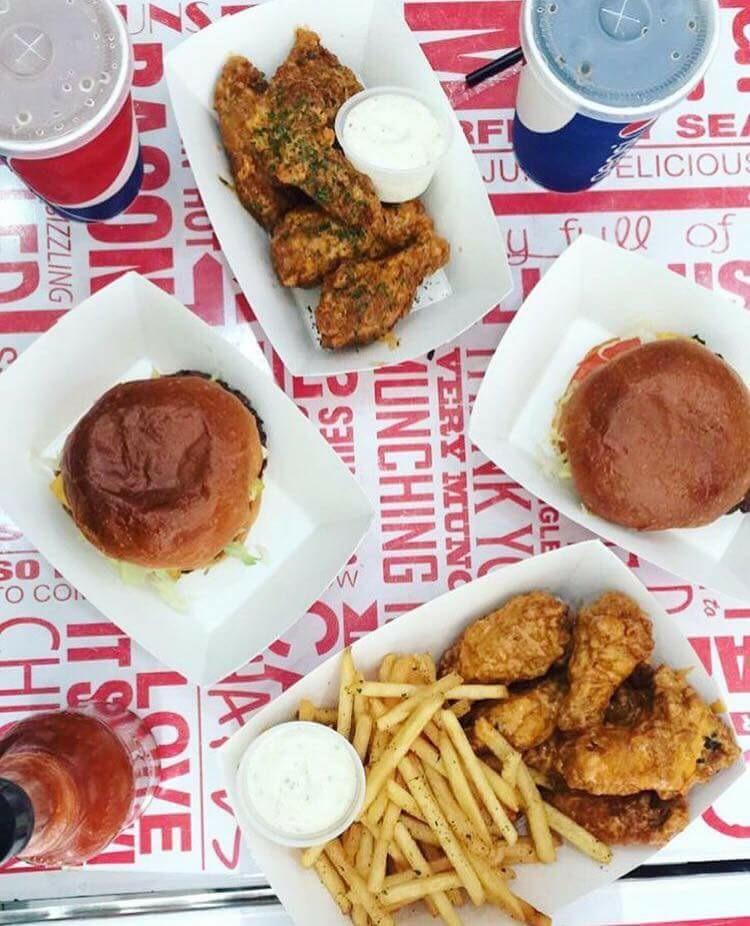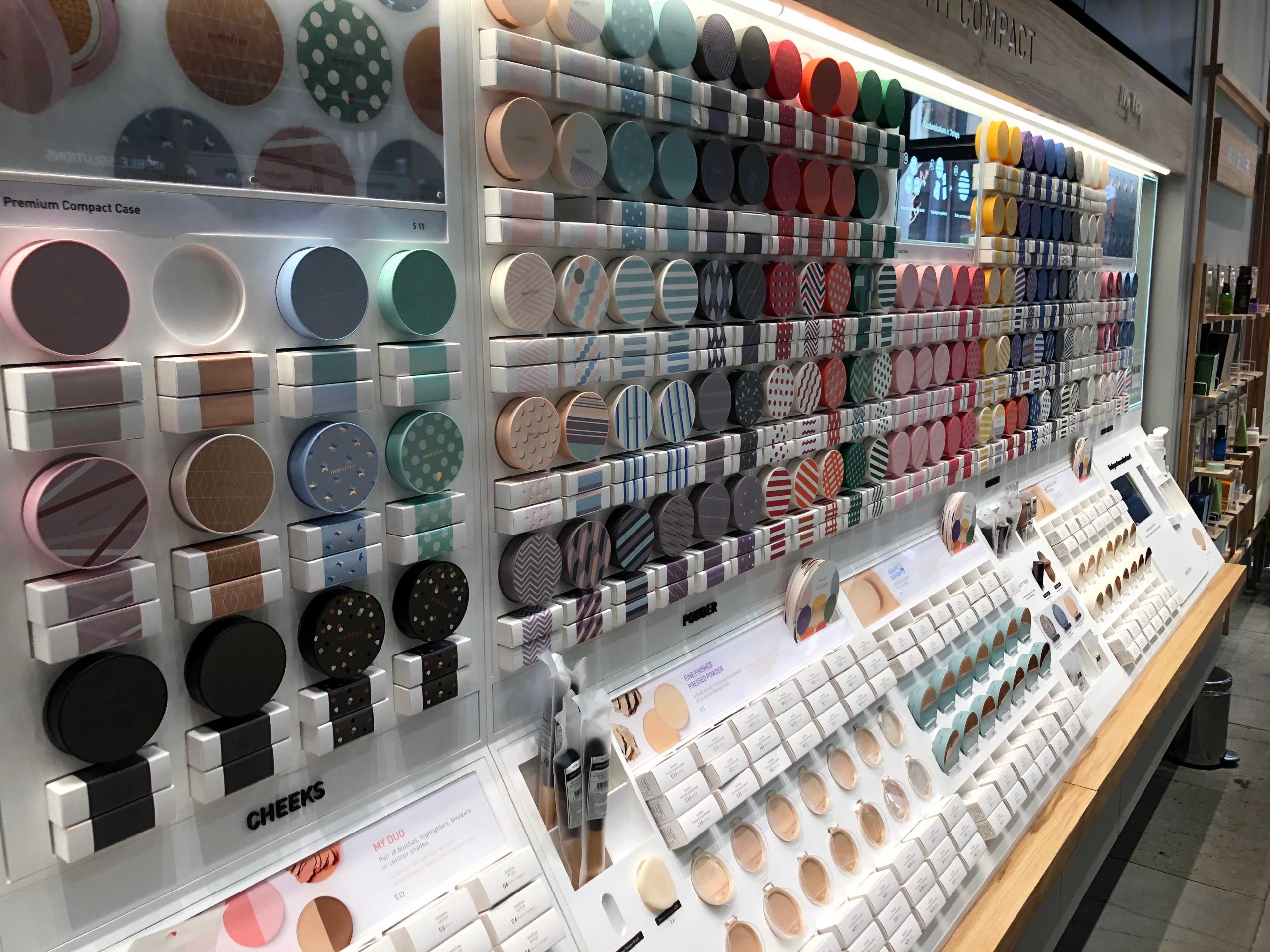
Having to choose an outfit to wear to school every day can become a hassle when teenagers are given limited places to shop. In a world of mainstream stores, many Townsend Harris High School students have decided to take up thrift shopping to find interesting and cheap clothing for their everyday needs. Thrift shops offer donated items, especially clothing, to the public for less than retail price. Through social media outlets such as YouTube and Tumblr, THHS students have grown more aware of this cheaper alternative.
While thrift shopping, it can be difficult to become accustomed to scouring and diving into the piles of clothing and miscellaneous items and although students seem to have favorable opinions on the activity, thrift shopping has both its pros and its cons.
“I got it at a thrift store,” is a phrase that once would’ve been met with scorn years ago. It was the equivalent of admitting that you didn’t have the means to buy clothing elsewhere and that you were unhygienic.
Thrift shops can be found all around the city to explore, but many THHS students recommend Cure Thrift Shop in Manhattan, in which all proceeds are donated to a diabetes research center. Other thrift shops include the Bayside Thrift Shop in Flushing and The Worthy Pause in Bayside.
While for some thrift shopping is just another way to buy signature pieces, for others it’s a necessity, not a privilege.
Purchases from malls, commercial stores and outlets may run up a higher bill than what some can afford to spend on clothing. Thus they turn to thrift stores in hopes of finding things that are more practical for their wallets. Thrifting is the embodiment of one man’s trash is another man’s treasure.
The used nature of the clothes means that the merchandise isn’t perfect, but it is also nice to know that the pieces have a history behind them. Sophomore Emily Gomez advises to “check if the clothing has holes or is worn out as well as [washing] the clothes from a thrift shop a couple times before using it no matter how clean it looks” to make sure that the clothes are in the best condition possible.The original lure of these shops was because of the inexpensive prices, no mattter the wear and tear. Whole outfits could be bought at a cheap price and some individual items of clothing could be bought for less than a bus ride. Although one of the great perks of thrift shopping is its reduced prices junior Sabrina Cheng states that she finds herself “buying a lot of things from thrift shops because they are cheap” but not wearing them afterwards.
A great way to combat this is to customize the clothing to make it more fit for your style. Senior Daniel Tan has used this method in the past, “I DIY-ed a shirt by removing the collar, for instance, or cutting off shoulder pads, or adding pins.”
Thrift shopping also allows for fun outings with friends and family as explained by sophomore Olivia Piechocinski whose introduction with thrift shopping was with her grandma who “liked to go to thrift shops to look for thread and buttons because she said that she could always find more interesting things there.”
Thrifting has become more of a trendy choice as described in detail by songs like Macklemore’s and Ryan Lewis’ ’“Thrift Shop,” which went viral in 2013. The lyrics, “Coppin’ it, washin’ it, ‘bout to go and get some compliments” indicates the process most take after buying pieces from a thrift shop. An advantage of this newfound popularity is that the old stigma against thrift shops is gradually being eroded.
The claims that thrifted items are smelly, dirty or someone’s handmedowns have begun to take on a more positive spin. Even for those who have never been thrifting themselves, the idea of thrifting clothes has entered the fashion zeitgeist as “cool.”
































